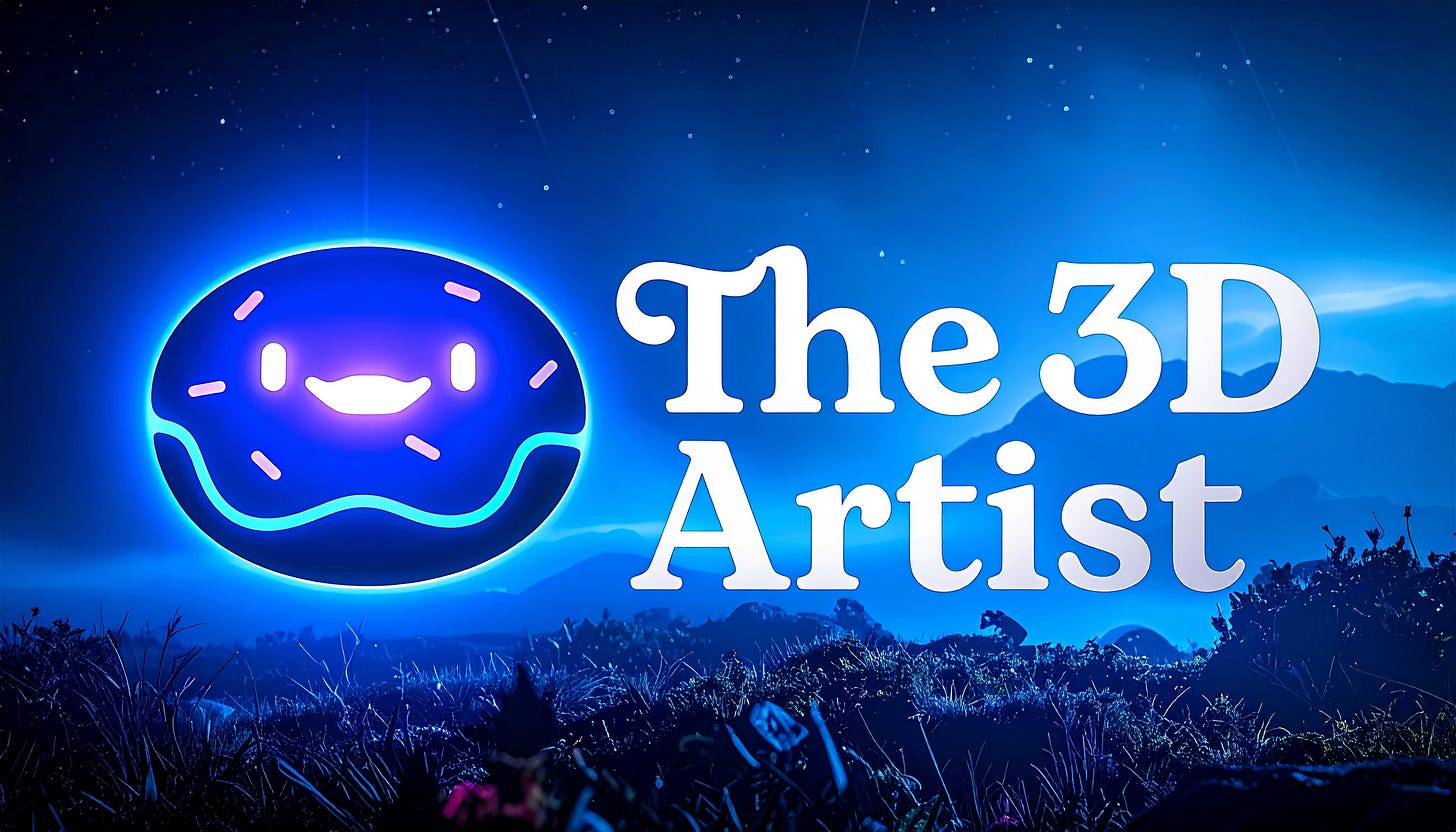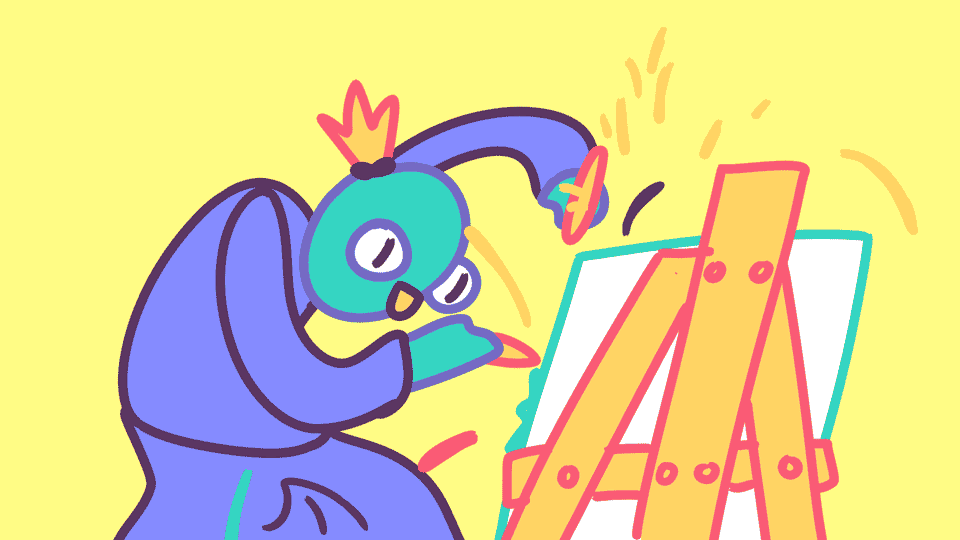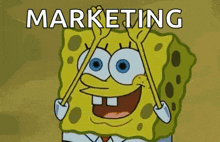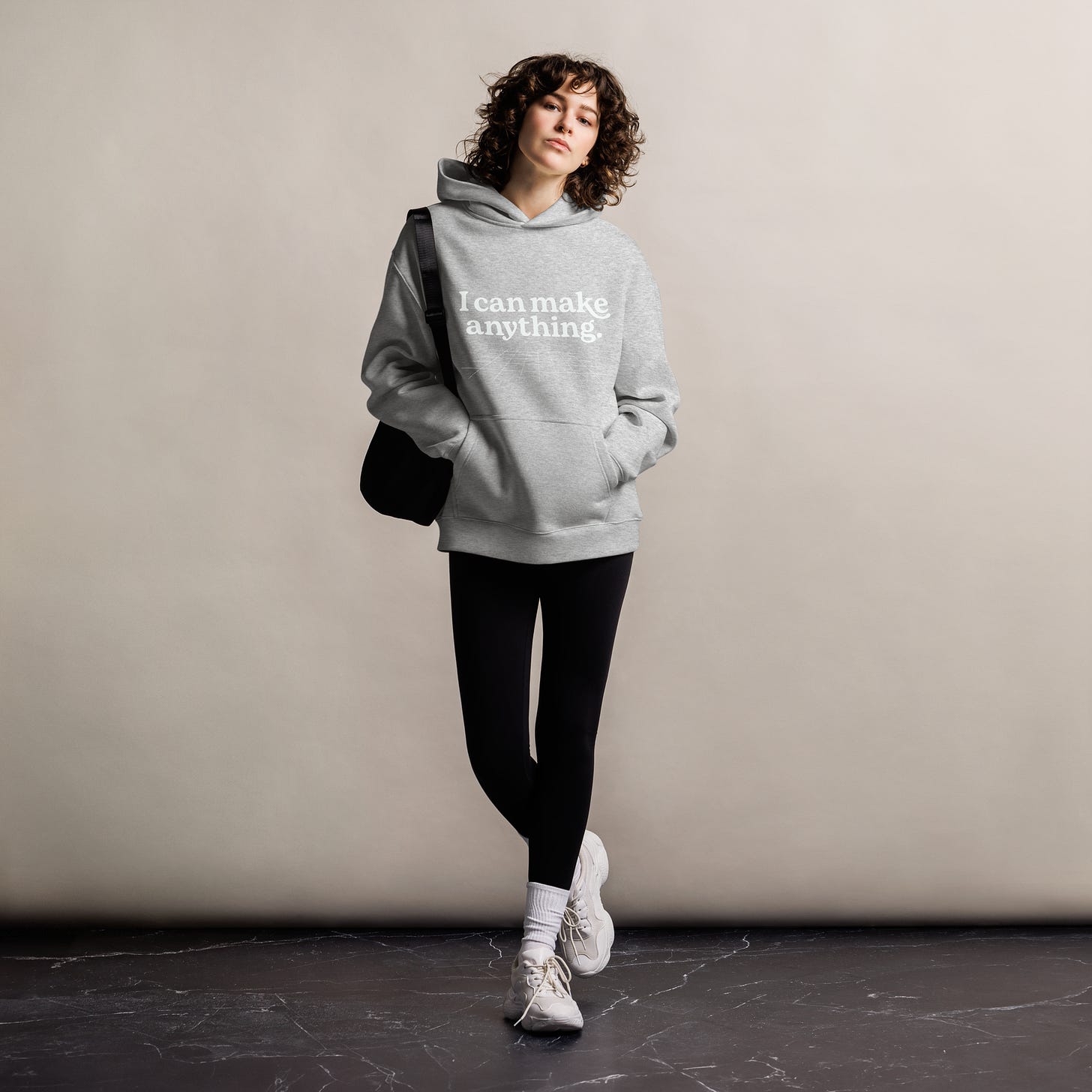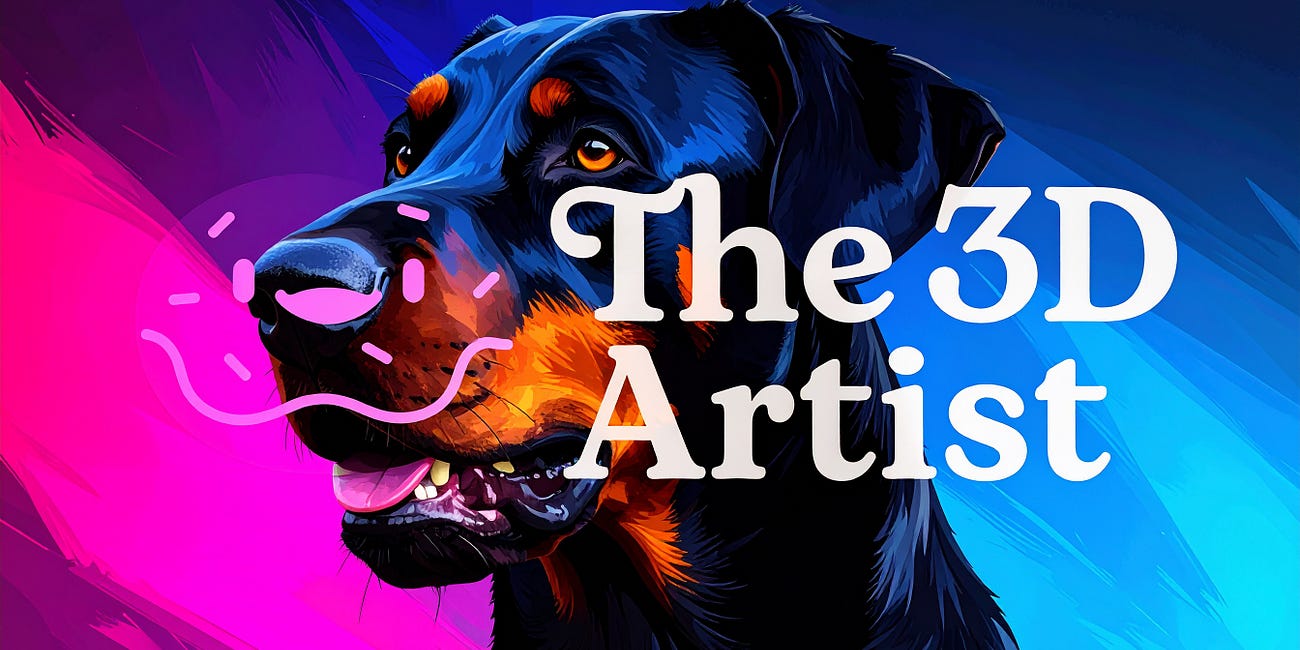Deep Dive 5: Why Scalability Is the Question You Need to Answer
The Hidden Value of 3D Artists: Scaling Design and Marketing
In Start Here: Product Visualization for 3D Artists, I set the stage for what product visualization is and why it matters. In Deep Dive 1, we broke down CAD. In Deep Dive 2, we looked at why NVIDIA is suddenly pivoting into CPG digital twins. In Deep Dive 3, we focused on packaging. And in Deep Dive 4, we explained the systems (DAM, PIM, PAM, PLM) that your work lives inside.
This week, we’re turning to the single biggest question you need to be able to answer when building your portfolio or pitching your value: How does your work scale?
The Misconception About 3D Artists
When you tell someone you work in 3D, they might imagine you just “make art.” If you worked on an animated film, people assume you were drawing all day. But the truth is very different.
As creative professionals, our job isn’t just to make a single pretty picture. It’s to solve problems at scale.
Think about it:
A shading artist on a film isn’t building one material, they’re building a shader that works across 1,400 shots.
A lighter doesn’t just set up a light for one frame, they create rigs that work across an mutiple shots.
A game artist isn’t building one tree, they’re building variations that populate an entire open world.
A compositor builds node trees that can be reused across dozens of shots.
A Houdini artist sets up a procedural system so the outcome can be generated again and again.
At every level, we are solving for repeatability, scalability, and efficiency. That’s the hidden superpower of 3D.
Why Companies Care
As you move into product visualization, this mindset becomes even more important. Because companies don’t hire for “better pictures.” They hire for scalability.
Think about the product lifecycle: design → prototype → manufacture → market.
Manufacturing already solved scale with the assembly line. But design and marketing? Those are still bottlenecks.
Design teams need to move faster, pivot to trends, and test ideas quickly. Marketing teams need more content than ever before. Not just a handful of photos, but thousands of assets for ecommerce, campaigns, social, retail, and beyond in every aspect ratio you can imagine. From stills to video and soon immersive content.
This is where 3D fits. Not because it’s pretty, but because it scales.
Scaling the Design Side
On the design side, the value of 3D isn’t just in “perfect pixels.” It’s in enabling speed and iteration.
In film, we learned how to produce hundreds of shots a week by optimizing workflows. The same applies here. Companies can’t afford to wait on prototypes, shipping, or reshoots. They need to explore ideas rapidly, pivot when data tells them a new direction is working, and reduce waste while doing it.
When you show your work to companies, don’t just show a nice render. Show that you understand how to structure a workflow that allows designers to explore more options, review faster, and make decisions sooner. That’s value.
Scaling the Marketing Side
This is where the opportunity is massive.
The marketing machine for consumer goods runs on an endless supply of imagery: ecommerce shots, social ads, email campaigns, brochures, conference visuals, in-store artwork. Traditional photography is powerful, but it doesn’t scale. Once the shoot is done, it’s done. Need a new angle? Tough. Need to match last year’s lighting? Good luck.
3D solves this. A single digital twin can generate unlimited product shots, lifestyle renders, or even AR/VR experiences. You can create consistent, accurate imagery across channels and do it on demand.
That’s the business case: 3D enables companies to meet the insatiable demand for content without sacrificing brand consistency or accuracy.
Why Tools Matter as Much as Workflows
Workflows and processes are essential, but another big unlock often comes from custom tools that support those workflows. In the past, that meant knowing Python, MEL for Maya, or another proprietary scripting language...skills that many artists simply didn’t have time to learn.
Now we’re entering a new era, and it comes with the silliest name: vibe coding.
If you haven’t heard of it, vibe coding utilizes large language model AI systems to generate code based on natural language prompts. For example, you could ask an LLM to generate a Python script that exports every base color texture map from Blender with a single click, and then slot that script into your pipeline.
Here’s the important distinction: vibe coding isn’t a fit for public-facing apps or games (security is a major issue). But for internal workflow tools? It’s often perfect.
And that’s the opportunity. Building lightweight, AI-generated scripts into your workflow can save hours of repetitive work, standardize processes, and give you an edge over artists who only deliver imagery. If you’ve ever seen a vibe coding demo in 3D, you know how compelling it can be to spin up custom tools on demand.
The message here is simple: don’t just think about the art. Think about how you can combine workflows and custom tools to scale your impact.
What This Means for Your Portfolio
Here’s the takeaway: when you’re building a portfolio or presenting to a company, don’t just showcase the final beauty shots. Anyone can make a nice render.
Instead, frame your work around scalability. Show that you:
Understand how to connect your work to faster design cycles.
Know how to structure workflows that save time and reduce waste.
Can produce consistent, repeatable marketing content at scale.
Build or integrate tools that make those workflows more efficient.
Provide solutions that let a company pivot quickly when the market changes.
Because companies don’t change workflows because something looks cooler. They change because it adds measurable value.
Wrapping Up
At its core, the value of a 3D artist isn’t just artistic, it’s strategic. We are problem solvers at scale.
That’s the story you need to tell in your portfolio and your conversations. Show them you’re not just making renders. You’re building scalable solutions with workflows, tools, and processes that unlock speed, consistency, and flexibility for the business.
And that’s the kind of artist every company needs.
The 3D Artist Community
3D Merch is here and we have a new hoodie!
3D News of the Week
EA Announces Agreement to be Acquired by PIF, Silver Lake, and Affinity Partners for $55 Billion - EA
How Tapestry is scaling fashion design with digital twins and Substance 3D - Adobe
Epic Games releases Twinmotion 2025.2 with Nanite support - CG Channel
CMF Team is cooking 🍳 🔥 - Xiaomi Customization Lab - in China
Real Displacement Coming Soon To Godot Engine In Terrain3D - 80.lv
3D Tutorial
3D Job Spreadsheet
Link to Google Doc With A TON of Jobs in Animation (not operated by me)
Hello! Michael Tanzillo here. I am the Head of Technical Artists with the Substance 3D team at Adobe. Previously, I was a Senior Artist on animated films at Blue Sky Studios/Disney with credits including three Ice Age movies, two Rios, Peanuts, Ferdinand, Spies in Disguise, and Epic.
In addition to his work as an artist, I am the Co-Author of the book Lighting for Animation: The Visual Art of Storytelling and the Co-Founder of The Academy of Animated Art, an online school that has helped hundreds of artists around the world begin careers in Animation, Visual Effects, and Digital Imaging. I also created The 3D Artist Community on Skool and this newsletter.
www.michaeltanzillo.com
Free 3D Tutorials on the Michael Tanzillo YouTube Channel
Thanks for reading The 3D Artist! Subscribe for free to receive new posts and support my work. All views and opinions are my own!



